
How to nurture your child’s sharing skills?
Key points: Having difficulties with sharing is a part of every child’s developmental process. Sharing is a fundamental skill that teaches compromise, fairness,…
Discover the key milestones of physical, cognitive, linguistic and socio-affective child development and understand the science behind child development.
Discover the key milestones of physical, cognitive, linguistic and socio-affective child development and understand the science behind child development.

Key points: Having difficulties with sharing is a part of every child’s developmental process. Sharing is a fundamental skill that teaches compromise, fairness,…
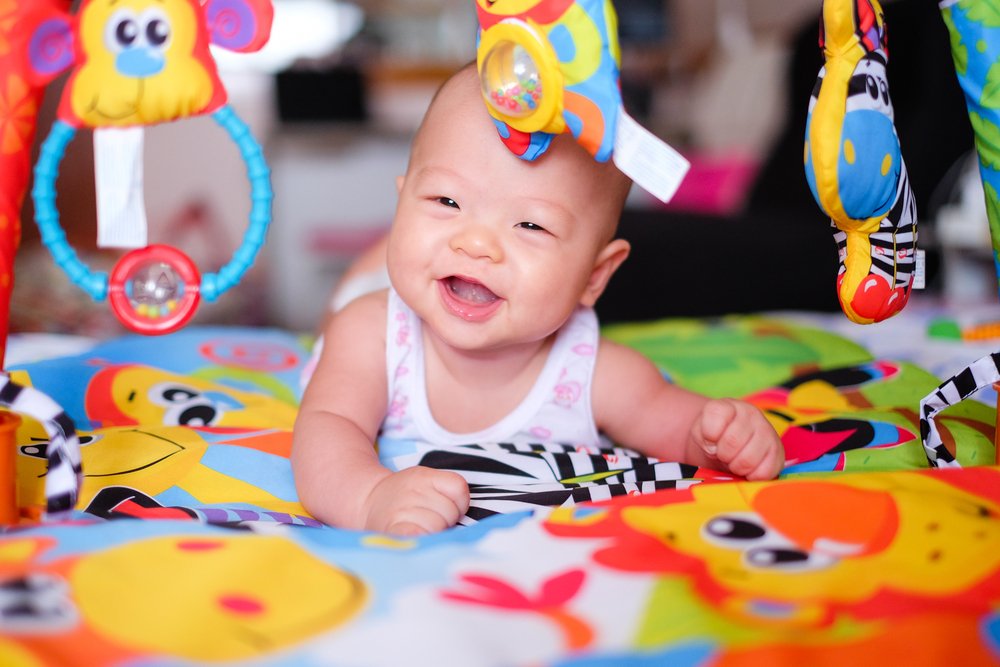
Key points: Strengthening neck muscles and achieving head control is crucial for a baby’s physical development. Tummy time is a valuable tool to…

Key points: Babies initially can’t associate what they see with what they touch due to limited hand coordination. Stimulating a baby’s hand coordination…

Key points: Children respond more to actions than words; what you do matters most. Reinforcing positive behaviors is crucial to change unwanted behaviors…

Key points: Pragmatics, or social communication rules, are vital for effective language use. Teach them the importance of nonverbal communication and understanding facial…
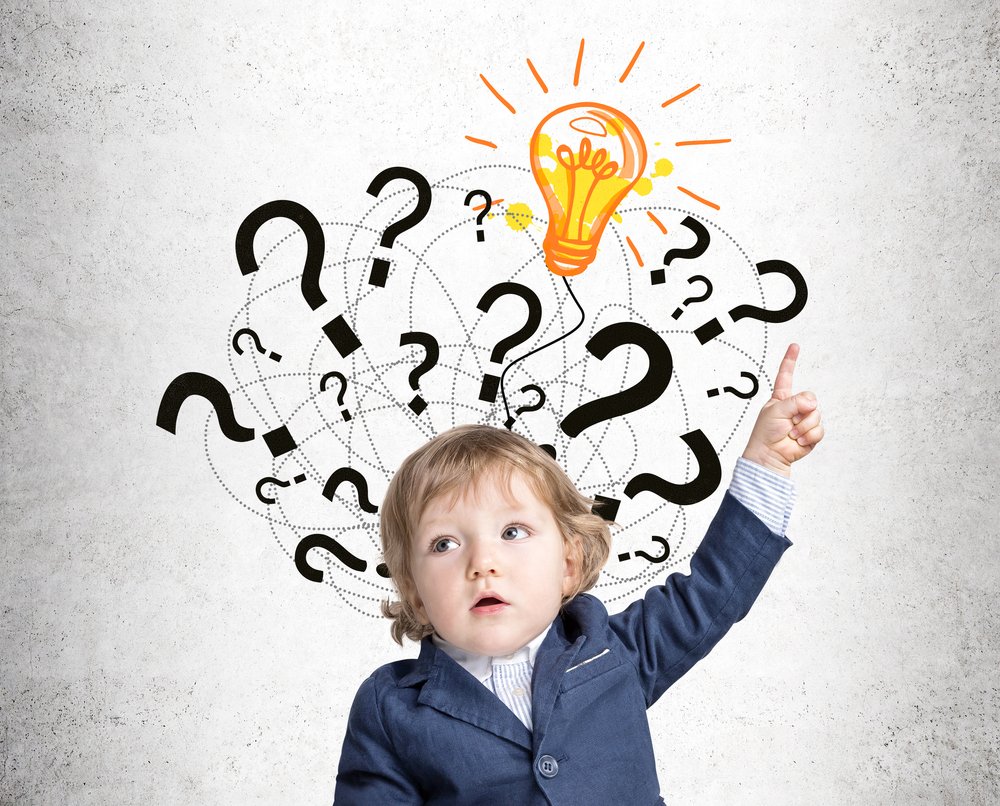
Key points: As your child’s pronunciation improves, it becomes easier for others to understand them. This milestone is reached gradually and varies for…
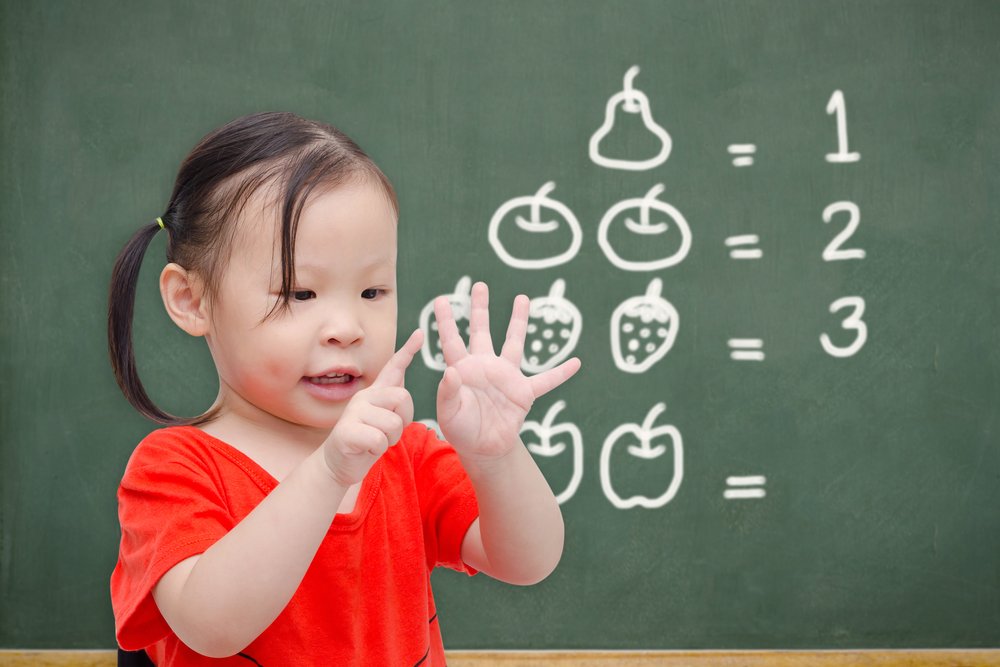
Key points: Plural form of a noun indicates that we are talking about more than one person or object. Regular plural involves adding…
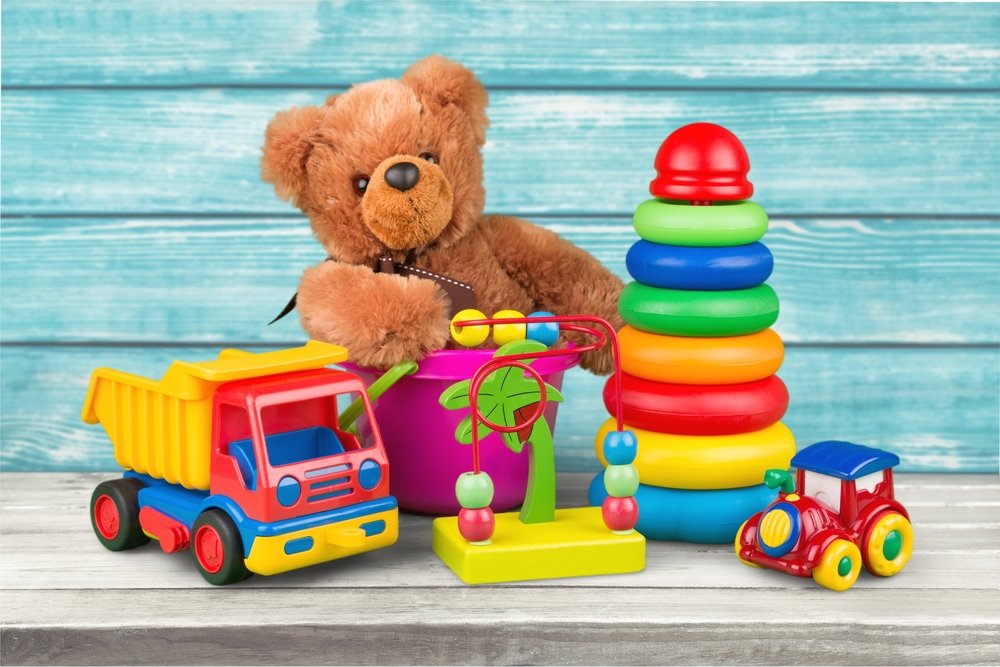
Key points: Pronouns are words that replace specific nouns and give information about gender or number. There are different types of pronouns, subjective…

Key points: Meaningful conversations involve a back and forth exchange between two or more people. Having meaningful conversations with your child builds their…
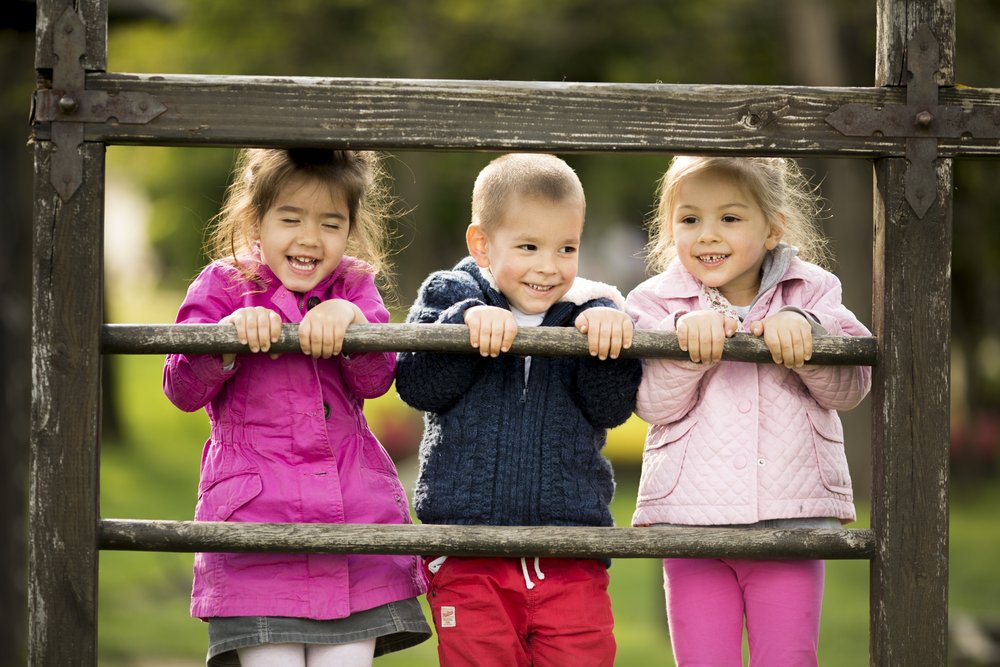
Key points: Girls have superior linguistic skills compared to boys. Girls rely on different parts of the brain to complete language tasks compared…
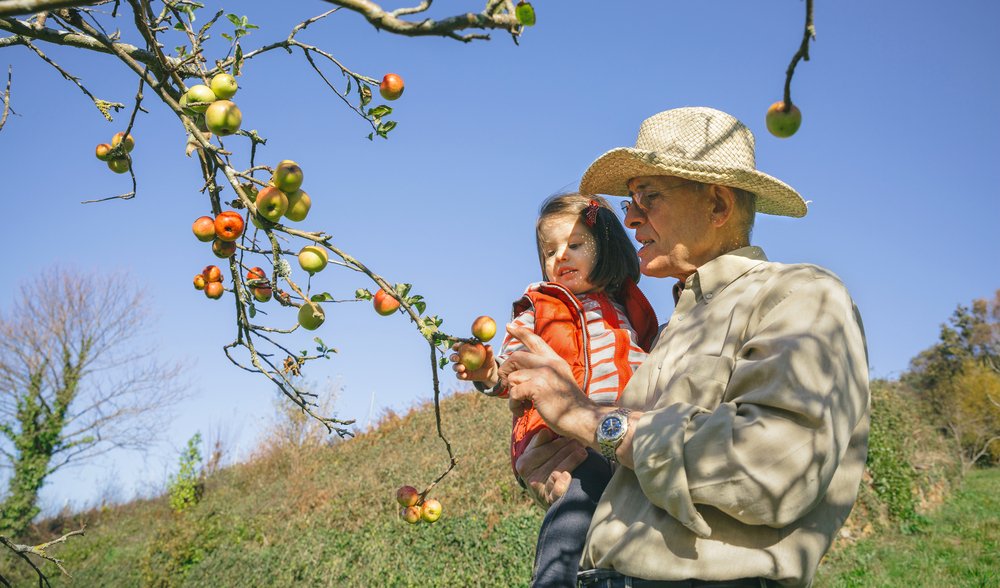
There was probably a point in which you were the only one that could decipher what your little one was trying to say…

Key Points: As your preschooler’s vocabulary expands, their ability to understand more complex language and longer sentences increases. Getting your child’s attention is…

Key points: The quality of interactions between parents and children is more important than the number of words children hear for language development….
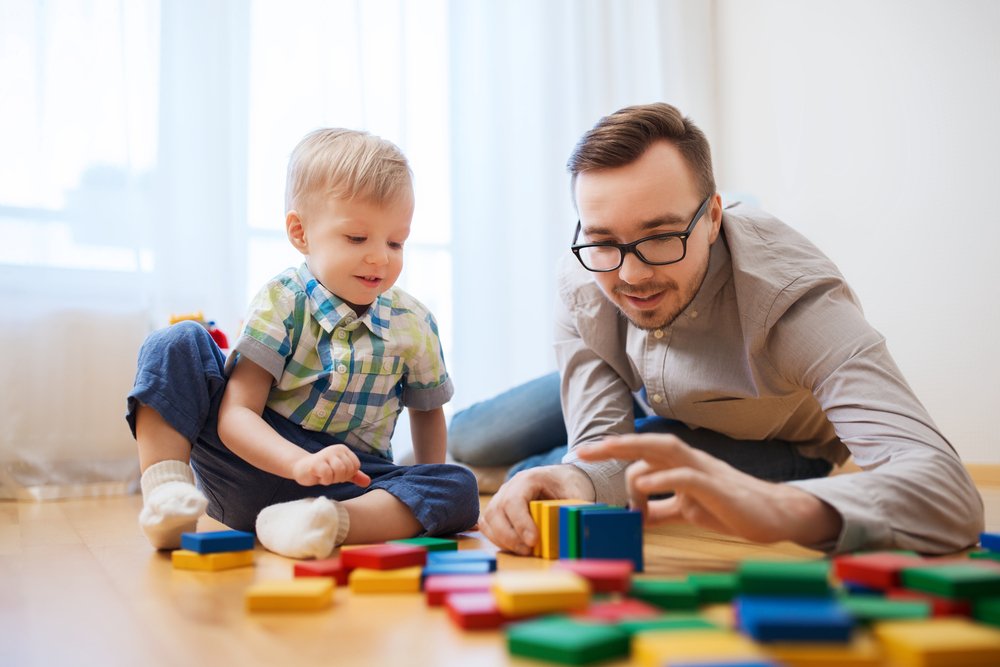
Key points: Children typically begin using verbs or action words in their second year of life, which is an important milestone for language…

Key points: A child’s vocabulary is directly related to later academic success. By age two, children’s vocabulary expands significantly, reaching up to fifty…

Key points: Children may have difficulty pronouncing certain sounds as they develop their language skills. Most children learn to pronounce all word sounds…
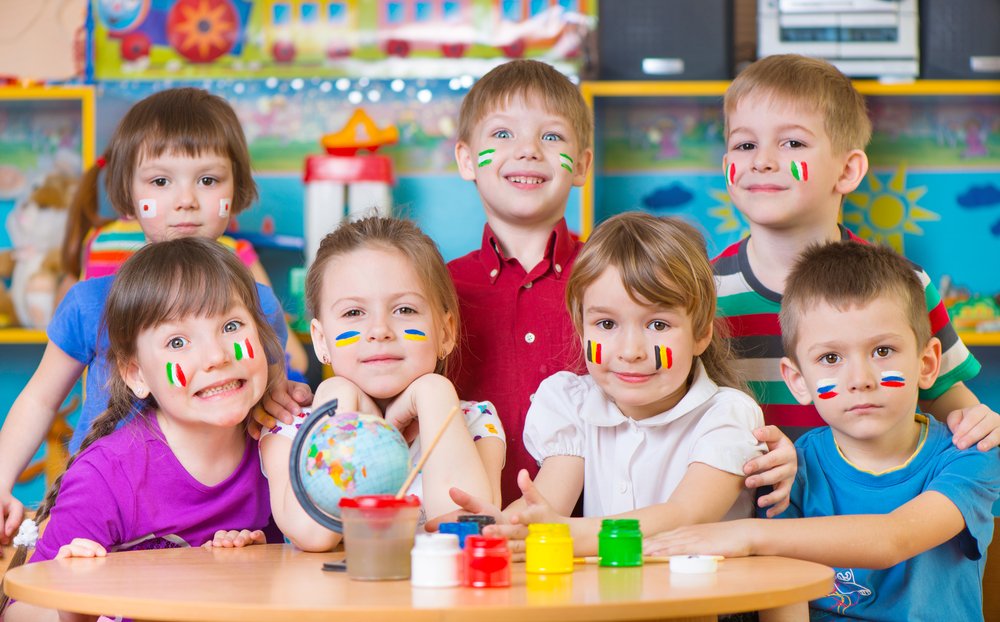
Key points: Children can learn to speak more than one language at the same time, and being bilingual has many advantages such as…

Key points: Language skills start developing from birth through everyday interactions with caregivers. Talking with children during daily routines and encouraging them to…

Key points:1. Children’s first sentences are a significant milestone in language development.2. Between 18 and 24 months, they begin forming two-word phrases.3. By…

Key points:1. Communication is vital for sharing ideas and feelings.2. Children develop communication skills rapidly in early years.3. Listening, asking questions, and respecting…
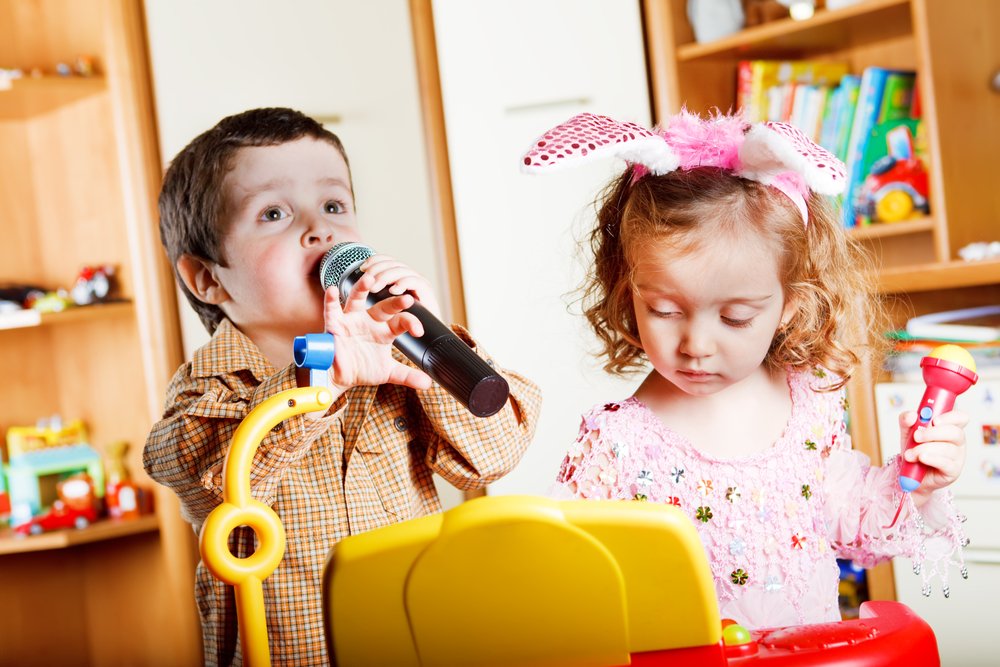
Key points:1. Nursery rhymes prepare children for learning to read by teaching phonemes and spelling.2. Phonological awareness is the first step in reading…